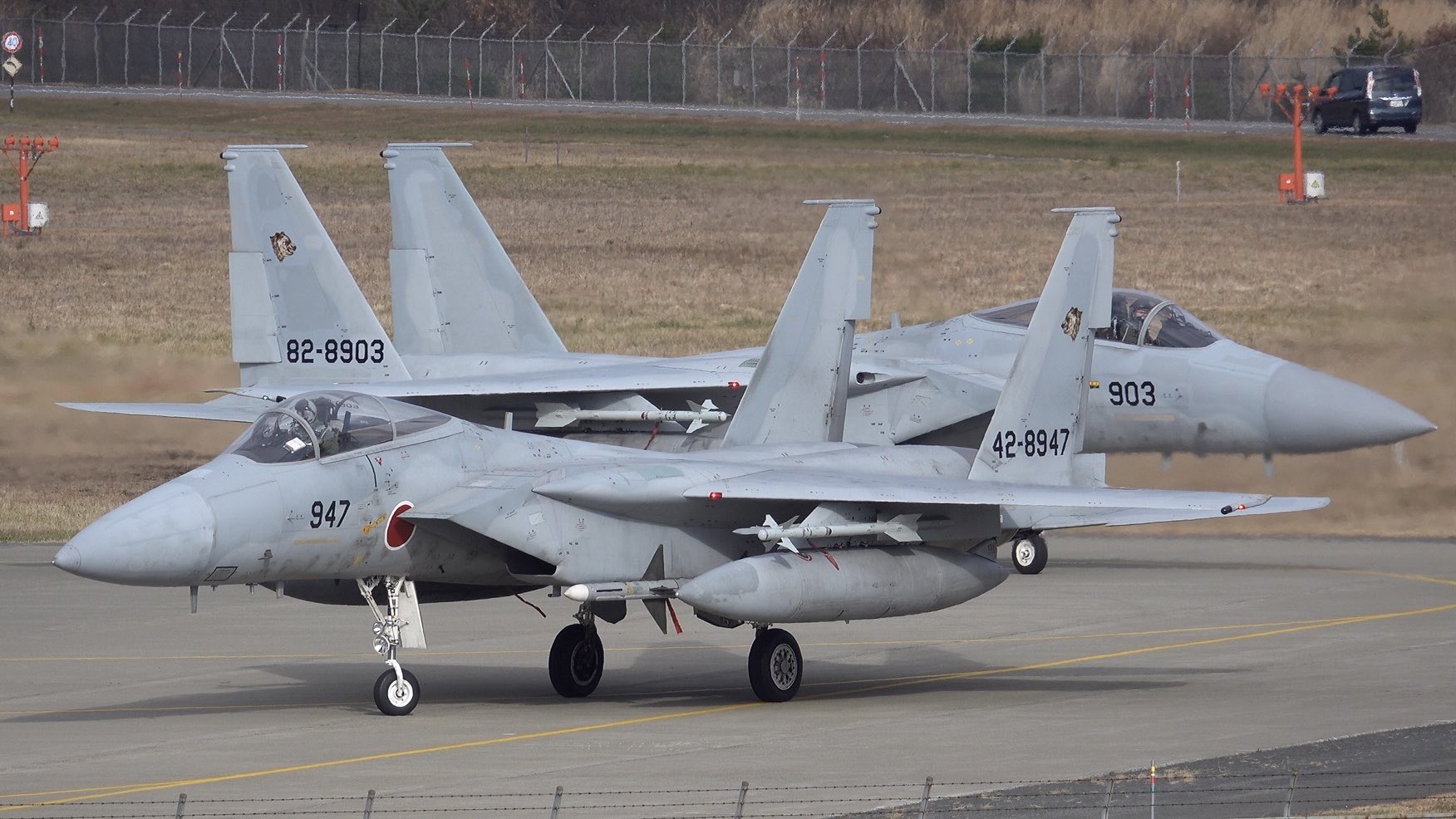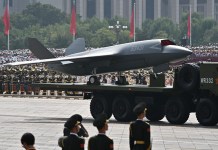Japan is reportedly contemplating the export of used F-15 fighter jet engines to Indonesia to install them in Jakarta’s F-16 fighter jets.
Russia Uses ‘Suicide Tank’ To Attack Ukrainian Troops; Expert Calls It Outdated, Slow & Highly Vulnerable To Modern Weapons
According to a report in The Yomiuri Shimbun, Indonesia had requested the export of these engines from Japan, and both countries have already signed an agreement to transfer defense equipment and technology, thereby establishing the groundwork for this prospective transfer.
Japan is evaluating the possibility of installing the used Pratt & Whitney F100 turbofan engines, sourced from F-15 aircraft, into Indonesia’s F-16 fighter jets.
This reported decision is driven by the notable similarities between the F-15 and F-16 aircraft engines, providing Tokyo with the means to address Jakarta’s specific request.
Due to the challenges associated with modernizing the Air Self-Defense Force’s (ASDF) F-15s, approximately 100 of these aircraft are anticipated to be phased out.

Jakarta is currently in the process of modernizing its Air Force, which encompasses procuring Rafale fighter jets from France, while concurrently ensuring the operational functionality and upkeep of its existing fleet of American-made F-16 Fighting Falcons and Russian Sukhoi Su-27/30 Flanker fighters.
In addition, the country recently finalized a deal to procure a fleet of 12 Dassault Mirage 2000 fighter jets from the Qatar Emiri Air Force.
However, the operational parameters of Japan’s Three Principles on Transfer of Defense Equipment and Technology restrict the foreign transfer of defense equipment to “rescue, transportation, vigilance, surveillance, or minesweeping.”
As of now, parts are not covered within the guidelines’ scope. However, their export is allowed in international joint development situations, mainly if parts were previously exported to the United States.
The government is anticipated to introduce the proposed policy during an upcoming meeting of the Liberal Democratic Party (LDP) and its coalition partner Komeito.
Within the LDP, some members have expressed the view that the guidelines should be revised to facilitate the active export of parts and other equipment.
Keeping China in mind, the government’s objective is to prevent any alteration of the status quo in the Indo-Pacific through force. It is believed that by considering the export of these engines to Indonesia, Japan aims to establish a favorable security environment.
A Highly Valuable Reusable Powerplant
The future of approximately 200 engines, which will be extracted from the F-15 fighter jets upon their retirement, remains uncertain, as these engines retain their usability and hold significant potential for further application.
Due to their expected operational viability, they have garnered significant attention on the international stage, with no fewer than sixteen countries expressing a keen interest in acquiring these engines.
On May 9, Hiroshi Ide, the President of IHI Corporation, informed reporters that around 200 Pratt & Whitney F100 turbofan engines installed on the Mitsubishi F-15J fighter jets would need to be disposed of once the aircraft are retired.
Ide revealed that his company has engaged in discussions with the ruling party regarding the disposal of the engines from these fighter jets. Exporting the engines to another country has been considered as one potential solution.
According to Japan’s “Medium-Term Defense Program,” formulated in late 2022, there is a clear emphasis on accelerating the replacement of older fighter jets unsuitable for refurbishment. The plan entails replacing these outdated aircraft with the latest version of equipment available.

To align with this strategy, the nation intends to replace approximately half of the 200 Air Self-Defense Force (ASDF) F-15s with F-35s within the next decade. The plan outlines a gradual phasing out of the F-15s at a rate of around ten aircraft per year.
Since F-15 is a twin-engine fighter jet, this would make approximately 20 engines available each year for potential export or repurposing.
The second-hand Pratt & Whitney F100 turbofan engines of F-15s hold potential for reuse by other countries’ air forces that operate F-15s and F-16s fighter jets. Anticipated interested parties include Taiwan, South Korea, Indonesia, Saudi Arabia, and several European countries.
Transferring these engines to like-minded nations deemed vital for Japan’s security would facilitate cooperative relations and strengthen bilateral ties in the defense domain.
IHI Corporation manufactures the Pratt & Whitney F100 turbofan engine under license. In the event of their transfer to foreign countries, the maintenance and servicing of these engines would be entrusted to the Japanese firms.
This arrangement would bring substantial benefits to domestic companies, as they would have the opportunity to engage in ongoing maintenance activities, fostering the growth and expertise of the Japanese aerospace industry.
- Contact the author at ashishmichel(at)gmail.com
- Follow EurAsian Times on Google News




